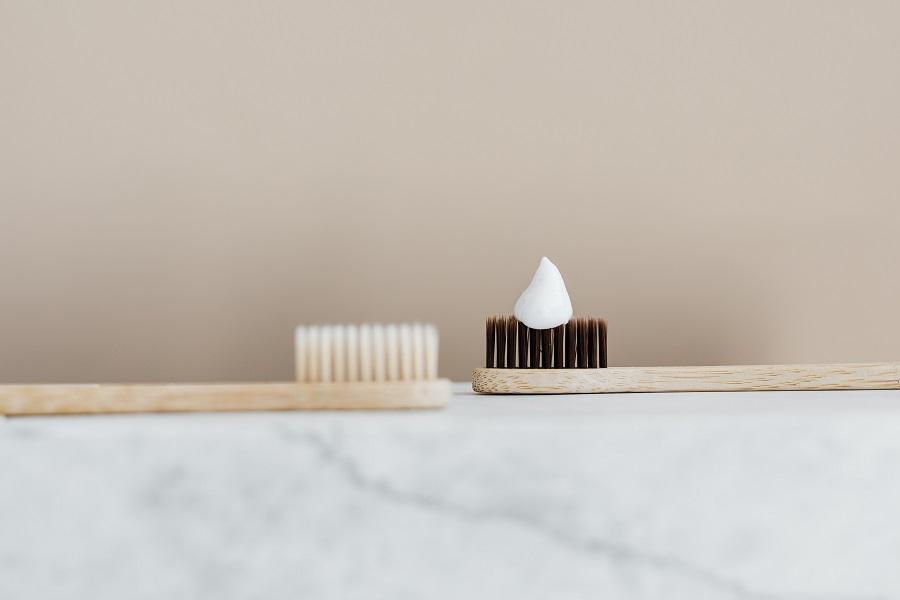Discover the keys to a healthier smile with our comprehensive guide to choosing the perfect toothbrush for your individual dental needs.
Oral hygiene is a crucial part of maintaining overall health. A pivotal element in your daily oral care routine is selecting the appropriate toothbrush that suits your needs. The market is saturated with myriad choices, making the task of choosing the right one a bit perplexing. However, we've outlined the essential factors to consider when selecting the best toothbrush for you.
1. Bristle Firmness
Toothbrushes come with bristles that are soft, medium, or hard. Most dentists recommend using a soft-bristled toothbrush because it is gentle on the gums and can effectively clean the teeth without eroding the enamel. However, depending on your personal preference and the advice of your dentist, you might opt for medium or hard bristles.
2. Head Size
The head of the toothbrush should be small to medium in size to easily access all areas of the mouth, including those hard-to-reach places like the back of your mouth. Pediatric toothbrushes are also available for children, which come with smaller heads to accommodate their little mouths.
3. Handle Design
Opt for a handle that gives a comfortable grip and allows you to maneuver the toothbrush effortlessly. Some toothbrushes come with non-slip grips and flexible necks to facilitate easy handling.
4. Manual vs. Electric
- Manual Toothbrushes: These are economical and readily available. They come in a wide variety of styles and bristle types, allowing you to choose one that best fits your oral care needs.
- Electric Toothbrushes: Although pricier, electric toothbrushes can make brushing easier, especially for people with limited manual dexterity. They can also be more effective in removing plaque and preventing gum disease.
5. ADA Seal of Acceptance
Consider choosing a toothbrush with the American Dental Association (ADA) Seal of Acceptance. This seal indicates that the toothbrush has met the ADA's criteria for safety and efficacy.
6. Individual Preferences
Lastly, keep in mind your individual preferences, including the toothbrush's color and design. You might be more inclined to brush regularly if you like your toothbrush.
7. Environmental Considerations
For those environmentally conscious, there are toothbrushes available with biodegradable handles, helping you maintain oral hygiene without contributing to plastic waste.
Selecting the right toothbrush is an essential step in fostering optimal oral health. Keep in mind factors such as bristle firmness, head size, handle design, and your individual preferences while making your choice. Furthermore, consulting with a dental care professional can provide tailored advice based on your oral health status. Regular replacement of your toothbrush every 3-4 months, or when the bristles fray, is also vital to ensure that you are brushing effectively.
